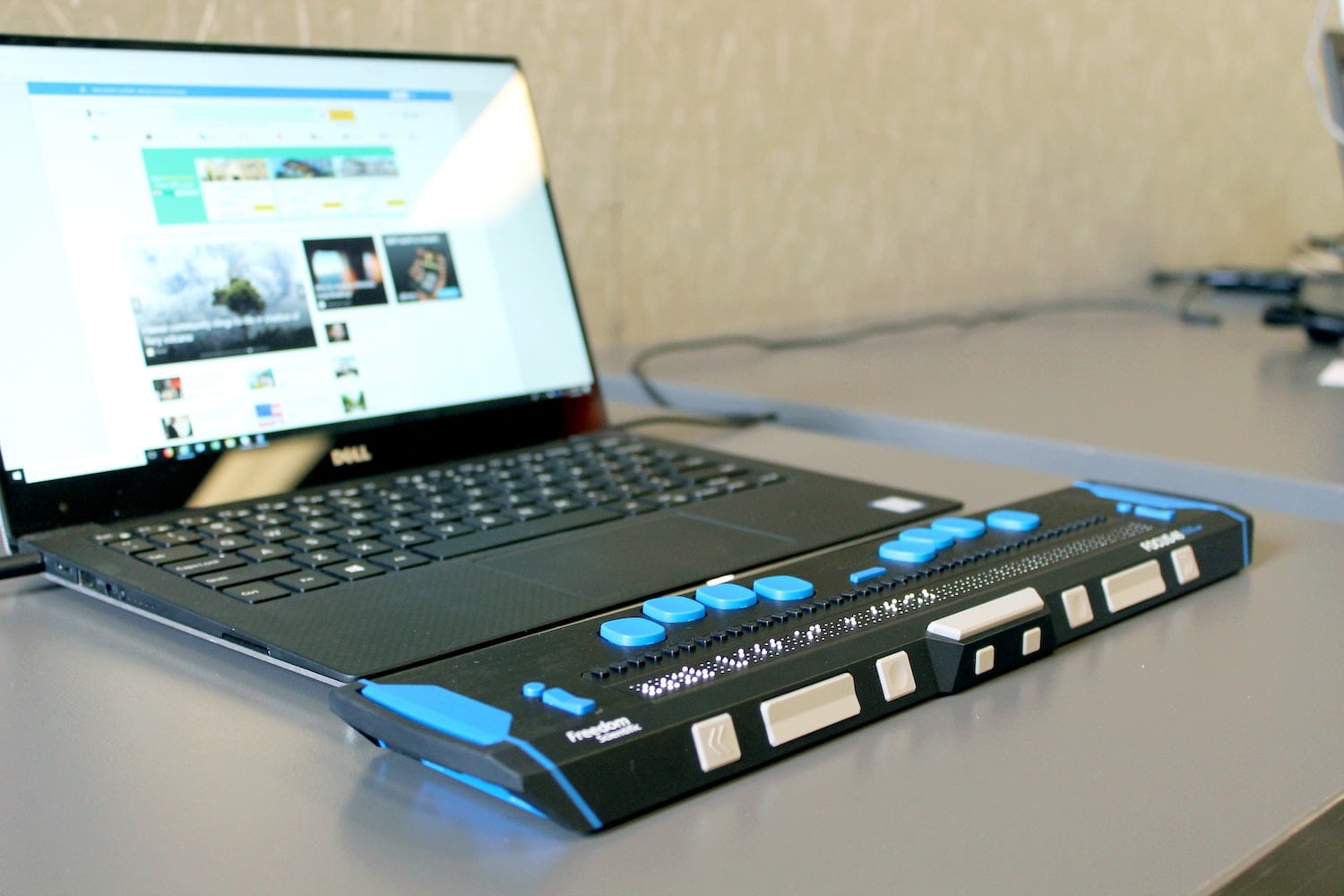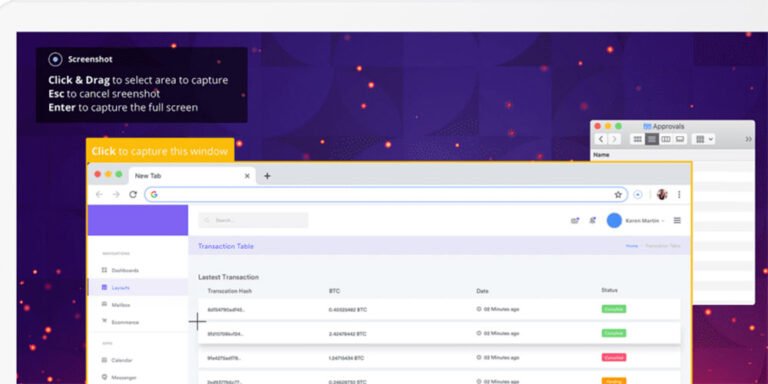
In today’s digital age, designing for accessibility is more important than ever. With over a billion people living with some form of disability, it’s crucial to ensure that websites and digital products are accessible to everyone.
Designing for accessibility is not only the right thing to do, it’s also good for business. By creating a website that is accessible to all users, you can reach a wider audience and improve the user experience for everyone. So whether you’re designing a new website or updating an existing one, make sure to prioritize accessibility in your design process.
Some giants, like H&M, PayPal, or Linkedin, are introducing one feature to boost accessibility after another, hoping the strike the AAA score (the highest level of accessibility). And similar to how we follow these brands in terms of design and tendencies, here it’s even wiser to follow their example. So in this article, we’ll explore some tips and best practices for designing for accessibility.
Make your website or digital product keyboard accessible
Table of Contents
Not all users can use a mouse, so it’s essential to make sure your website or digital product can be navigated using a keyboard. Keyboard navigation is crucial for users with motor disabilities, and it’s also helpful for users who prefer to navigate uniquely using their keyboard.
Keyboard navigation can be implemented by ensuring that all interactive elements can be accessed via the Tab key. Users should be able to navigate through links, buttons, and form fields using this way. Additionally, check that your website or digital product has clear visual focus indicators to help users understand where they are on the page.
Use proper color contrast
Many users with visual impairments have trouble distinguishing between colors, so the proper color contrast in your design really matters. This means using a combination of colors that are easy to distinguish and have a high level of contrast.
One way to obtain proper color contrast is to use a tool like WebAIM’s Color Contrast Checker. It allows you to check the contrast ratio of two colors and make sure they meet accessibility standards. WCAG 2.1 AA requires a contrast ratio of at least 4.5:1 for normal text and 3:1 for large text.
Images on a website or digital product are often meaningless for users with visual impairments. That’s why it’s important to use alt tags for images, which provide a text description of the image. Screen readers can read the alt tags aloud, allowing users to understand the content.
When writing alt tags, do your best to be descriptive and provide as much detail as possible. Avoid using phrases like “image of” or “picture of,” as these don’t give much information. Instead, describe what’s in the image and what it conveys.
Make your content easy to read
Readable content is essential for all users, but it’s especially important for users with cognitive or learning disabilities. That’s why you are recommended to use a font that is easy to read, with a large enough size and appropriate line spacing. Additionally, avoid using long paragraphs and use headings and bullet points to break up the content.
The font you choose should be easy to read and not too stylized. Sans serif fonts like Arial and Verdana are a good choice, as they are clean and easy to read. Avoid using decorative fonts, as they can be hard to read, especially for users with dyslexia.
Headings and bullet points are a great way to structurize your content and make it more scannable. Make the headings clear and descriptive so they help users understand the structure of the content. Also, ensure the bullet points present information clearly and concisely.
Ensure your website is compatible with assistive technology
Many users with disabilities rely on assistive technology, e.g., screen readers or speech recognition software, to navigate websites and digital services.
The easiest way to ensure compatibility with assistive technology is by using semantic HTML. Semantic HTML uses tags to convey the meaning of the content, making it easier for screen readers to understand.
We’ve talked with The Designest team, who runs a blog for the professional design community, and asked what they find crucial for website accessibility. Here are some tips and best practices they suggest:
- Provide alternative text for images. Screen readers and other assistive technologies rely on alt text to describe images to users who cannot see them. Make sure to provide alt text for all images on your website.
- Use clear and concise language. Let it be plain and avoid jargon or complex sentences/words that may be difficult for some users to understand.
- Ensure that all interactive elements, like buttons and links, are keyboard-accessible. Users should be able to navigate and interact with your website using only their keyboard.
- Provide clear and consistent navigation. That’s how the users can easily find what they are searching for.
- Use color with care. It’s important to ensure it remains accessible to users with difficulty perceiving certain hues. Use a high-contrast color scheme and avoid relying solely on color to convey information.
- Test your website with assistive technologies.
In addition to the recommendations above, designers can do several other things to make their websites and digital products more accessible.
Use of multimedia
Videos and audio content can be particularly challenging for users with hearing impairments. To make multimedia content more accessible, consider adding closed captioning and transcripts for videos and audio content. Closed captioning provides a text version of the audio content, while transcripts provide a written version.
Web forms on websites
Web forms can be particularly challenging for users with visual impairments, motor disabilities, and cognitive or learning disabilities. To make them more accessible, ensure they are easy to navigate using a keyboard and provide clear and concise instructions for each field. Additionally, you might consider using labels and placeholders to provide context for each field.
Featured image by Elizabeth Woolner on Unsplash





